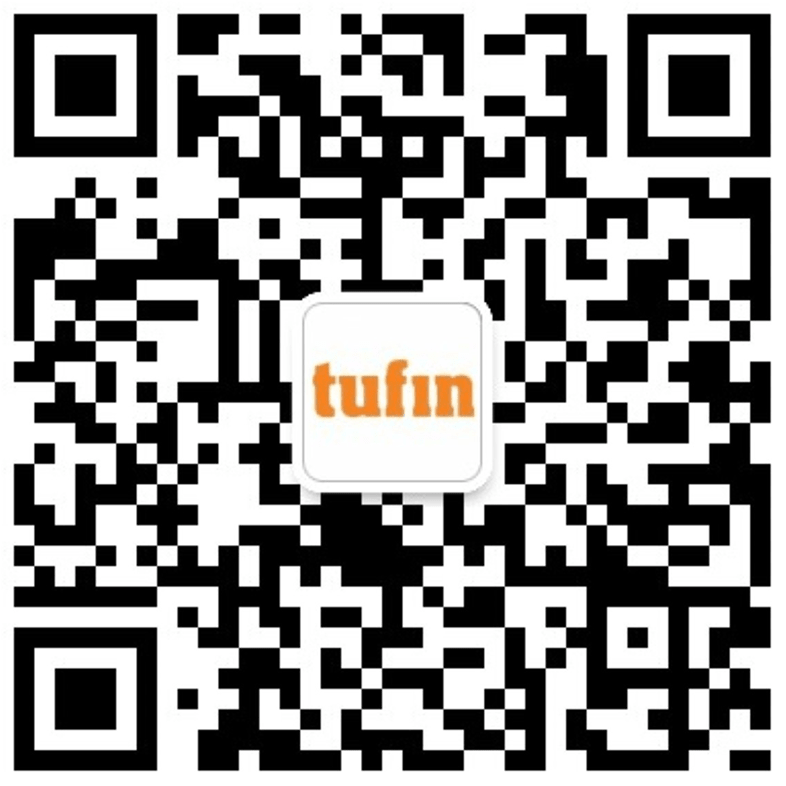A cyberspace environment that provides a user with confidence in its security, using automated mechanisms to ascertain security conditions and adjust the level of security based on the user's context and in the face of an evolving range of threats.
A cyberspace environment that provides a user with confidence in its security, using automated mechanisms to ascertain security conditions and adjust the level of security based on the user's context and in the face of an evolving range of threats.
A circumstance or event that has or indicates the potential to exploit vulnerabilities and to adversely impact (create adverse consequences for) organizational operations, organizational assets (including information and information systems), individuals, other organizations, or society. Includes an individual or group of individuals, entity such as an organization or a nation), action, or occurrence.
An individual, group, organization, or government that conducts or has the intent to conduct detrimental activities.
In the NICE Framework, cybersecurity work where a person: Identifies and assesses the capabilities and activities of cyber criminals or foreign intelligence entities; produces findings to help initialize or support law enforcement and counterintelligence investigations or activities.
The product or process of identifying or evaluating entities, actions, or occurrences, whether natural or man-made, that have or indicate the potential to harm life, information, operations, and/or property.
In access control, data that authenticates the identity of a client or a service and, together with a temporary encryption key (a session key), forms a credential.
A set of designations employing four colors (RED, AMBER, GREEN, and WHITE) used to ensure that sensitive information is shared with the correct audience.
A computer program that appears to have a useful function, but also has a hidden and potentially malicious function that evades security mechanisms, sometimes by exploiting legitimate authorizations of a system entity that invokes the program.


